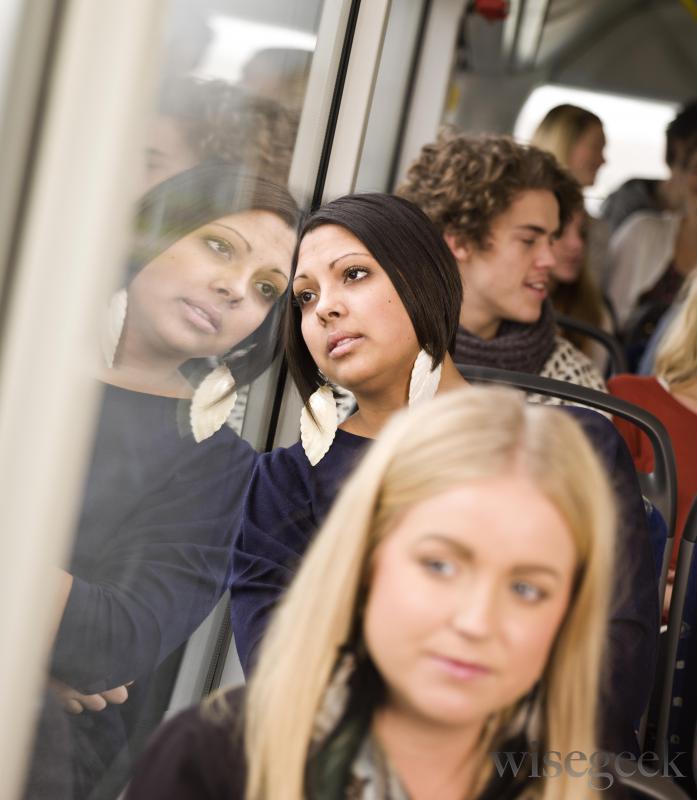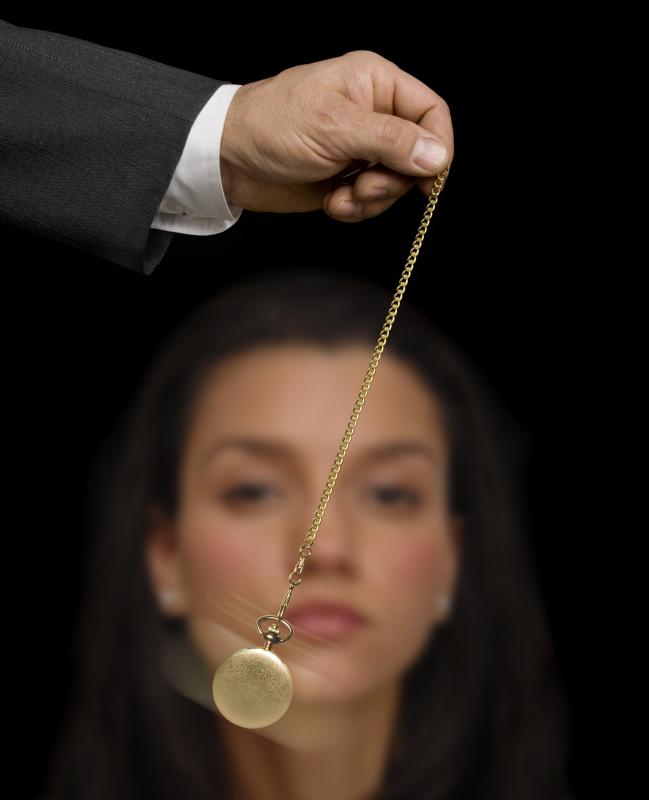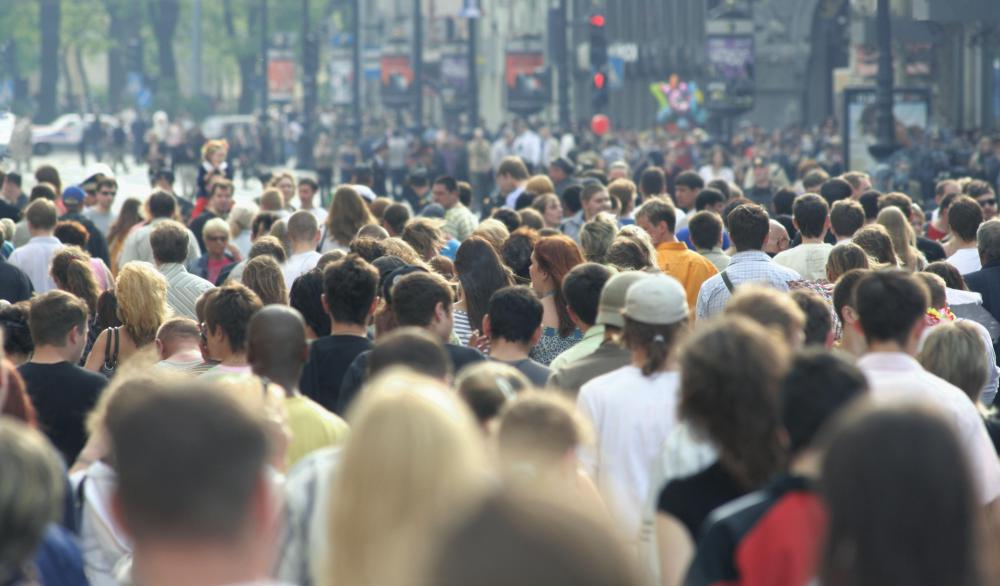At TheHealthBoard, we're committed to delivering accurate, trustworthy information. Our expert-authored content is rigorously fact-checked and sourced from credible authorities. Discover how we uphold the highest standards in providing you with reliable knowledge.
What is Ochlophobia?
Ochlophobia is a type of phobia in which a person has a fear of crowds. This may also be associated as a fear of mobs or any type of environment where there is a large crowd of people. In general, a phobia is a severe fear of a situation, person, activity or thing. A person can potentially develop a phobia against anything of which he or she has developed a keen fear of. In most cases, the basis of the excessive fear poses no real threat to the person.
There is no one specific cause of ochlophobia, or a crowd phobia. Often, a previous bad experience may lead to the development of the fear. For example, a person with ochlophobia may have had something traumatic happen while in a crowd of people. The person may have fallen, been attacked, severely injured, got lost or lost someone in a large crowd. In addition, an individual with this phobia may have developed the overwhelming fear due to something bad happening to someone he or she knows or cares about in a crowd or mob of people.

Different people with ochlophobia may show contrasting symptoms. The symptoms are typically bought about from exposure to the feared environment. Some people may become weak and dizzy from being overwhelmed by the crowded environment. There may be an overpowering sense of terror and fear and an urgent need to escape or break away. In addition, the person's heart may begin to race and he or she may start to shake with fear.

Being exposed to a heavily populated environment may make a person with ochlophobia physically sick. He or she may become nauseous or start to vomit in distress. The person may become clammy and break out in a cold heavy sweat. There can also be shortness of breath. If the person is not delivered from the crowd of people soon enough, he or she may faint from the pressure.

An individual unfamiliar with phobias may first visit a general health care provider when these distressing symptoms first appear. In most cases, the doctor will perform a physical examination and question the person about the condition. Once the doctor determines that the problem may be psychologically based, he or she will commonly forward the patient to a psychiatrist for treatment.

Ochlophobia treatment may involve medications. Many doctors prescribe anti-anxiety medicines to treat the anxiety that can be caused by this type of excessive fear. Therapy is another type of usual phobia treatment. Many psychiatrists and therapists use exposure therapy to treat phobias. In this type of therapy, patients are slowly exposed to the basis of their fear several times, until it is learned that the object of fear is not harmful or threatening to them.
AS FEATURED ON:
AS FEATURED ON:


















Discuss this Article
Post your comments